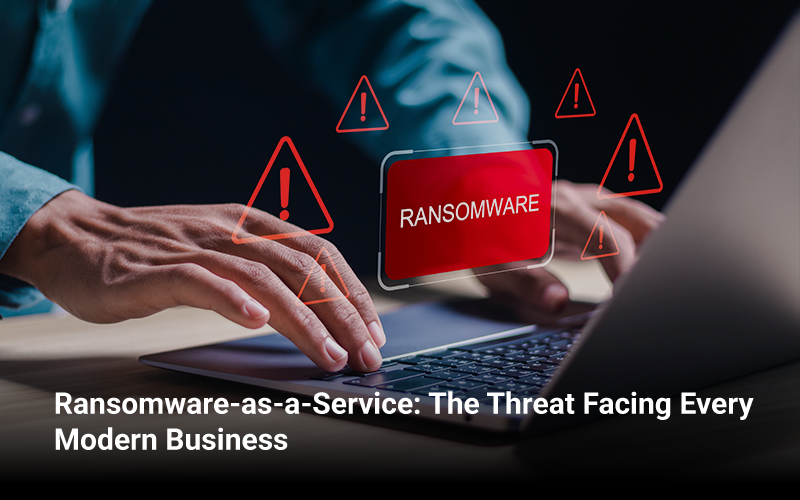In the digital age, online security is a significant concern for individuals and organizations alike. However, many websites employ dark patterns and deceptive design choices that manipulate users into taking actions they may not fully understand or want to perform. While these tricks are often used to drive sales, encourage subscriptions, or increase engagement, they can also lead to severe cybersecurity riskstheir security, and strategies for avoiding dark patterns online to protect personal data and privacy.
Thank you for reading this post, don't forget to subscribe!What Are Dark Patterns?
Dark patterns refer to UI/UX design elements that intentionally mislead, trick or coerce users into making decisions they might otherwise avoid. These manipulative tactics exploit human psychology and behavioral patterns to benefit businesses at the expense of user security and privacy.
Dark patterns often appear in:
- Subscription services (making it hard to cancel)
- Privacy settings (nudging users toward less secure options)
- Checkout processes (adding unwanted items or services)
- Account registration (forcing users to provide unnecessary personal data)
While many of these tactics are unethical from a consumer perspective, they become even more alarming when they impact cybersecurity.
How Dark Patterns Undermine Cybersecurity
- Misleading Password Requirements: Some websites use confusing policies that encourage users to create weak passwords. They may require short passwords without enforcing complexity, prevent using special characters without notifying users, or display a “strength meter” that inaccurately marks weak passwords as strong. These practices lead users to create easy passwords for cybercriminals to crack.
- Confusing Two-Factor Authentication (2FA) Prompts: While two-factor authentication (2FA) is a critical cybersecurity measure, some websites make enabling it difficult. They hide 2FA settings in obscure sections of the website, use vague terminology that discourages users from enabling security features, or present SMS-based 2FA as the only option, even though app-based authentication is more secure. As a result, many users skip 2FA, leaving their accounts vulnerable to hacking.
- Tricky Privacy Settings and Data Sharing Agreements: Websites often use dark patterns in online privacy settings to nudge users into sharing more personal data than they intend. They employ pre-selected checkboxes that opt users into data sharing, use ambiguous wording that makes it unclear what information is being collected, and bury privacy settings deep within multiple menus. This leads to users unknowingly sharing sensitive data, making them targets for cybercriminals.
- Phishing and Dark Patterns: Phishing attacks, where cybercriminals trick users into revealing sensitive information, often rely on dark patterns. These include fake urgency messages or disguised links that appear to lead to legitimate sites but instead redirect to malicious pages and misleading consent forms that trick users into granting access to sensitive information. These deceptive elements exploit users’ trust and urgency, leading to compromised credentials and financial losses.
- Hidden Opt-Out Options for Security Alerts: Many websites send critical security alerts via email, but some make opting in difficult. They hide security alert preferences deep within account settings, use negative framing like “Don’t receive security alerts?” to confuse users, or force users to opt out of all notifications instead of just promotional emails. This increases the risk of users missing important alerts about suspicious account activity.
How to Avoid Dark Patterns Online
While businesses often employ dark patterns to increase profits, users can take steps to protect themselves from cybersecurity risks. Here are some best practices:
- Be Skeptical of Default Settings: Many dark patterns exploit users who accept default settings without review. Always check privacy settings, opt out of unnecessary data sharing, disable auto-renewal for services you do not wish to continue, and ensure security alerts and 2FA are enabled.
- Use Strong, Unique Passwords: Since dark patterns can mislead users into creating weak passwords, take control by utilizing a password manager to generate and store secure passwords, enabling multi-factor authentication whenever possible and avoiding password reuse across multiple accounts.
- Be Cautious with Clickbait and Urgent Messages: Many dark patterns exploit urgency, especially in phishing attacks. To avoid falling victim, verify links by hovering over them before clicking, avoid downloading attachments from unknown sources, and contact companies directly if you receive suspicious security notifications.
- Adjust Cookie Preferences: Websites often use misleading cookie banners to trick users into accepting tracking. Instead of clicking “Accept All,” look for “Manage Settings” or “Customize Cookies” options, the ability to reject non-essential cookies, and privacy policies that outline data collection practices.
- Advocate for Ethical Design Practices: Consumers can push back against dark patterns by reporting deceptive practices to consumer protection agencies, leaving reviews that expose unethical design choices, and supporting companies that prioritize transparency and security. By actively advocating for ethical design, users can help create an online environment that prioritizes user security over manipulative business tactics.
Dark patterns aren’t just annoying; they pose serious cybersecurity risks by misleading users into making insecure choices. By understanding dark patterns in cybersecurity and implementing strategies for avoiding them online, individuals can better defend their personal information and lower their exposure to cyber threats.
As cybersecurity threats continue to advance, awareness and vigilance remain crucial. By staying informed and proactive, users can safeguard their online privacy and security against deceptive design tactics.
How can EC-Council University help with this?
EC-Council University offers cybersecurity programs to equip professionals with the skills to fight evolving digital threats. With a curriculum focused on ethical hacking, information security, and risk management, EC-Council University empowers students to fight against fraudulent online practices and cybersecurity challenges.
Take Control of Your Cybersecurity Journey!
Join EC-Council University and gain the expertise to combat dark patterns, phishing threats, and other cybersecurity risks. Enroll today and secure your future in cybersecurity!







